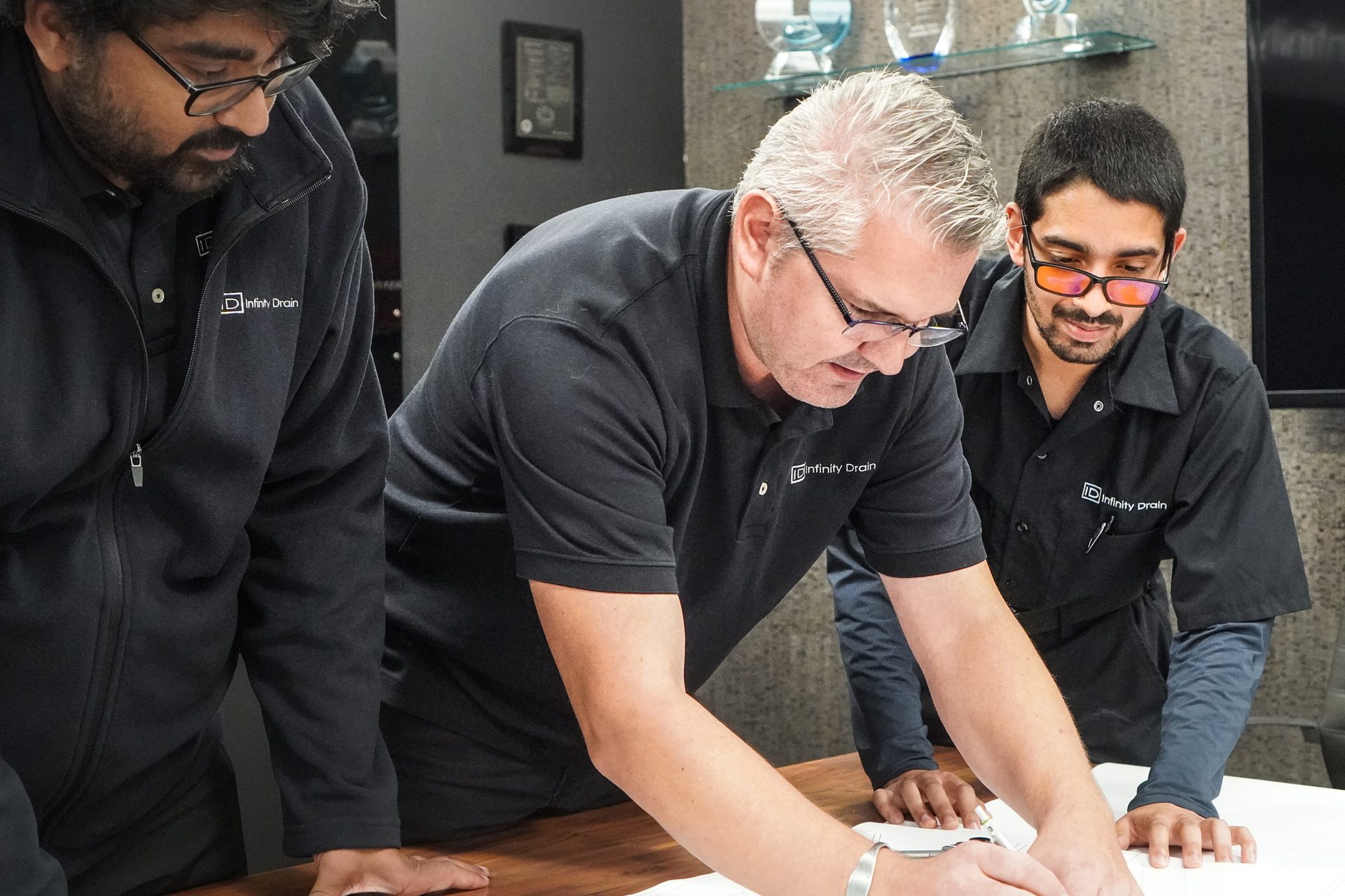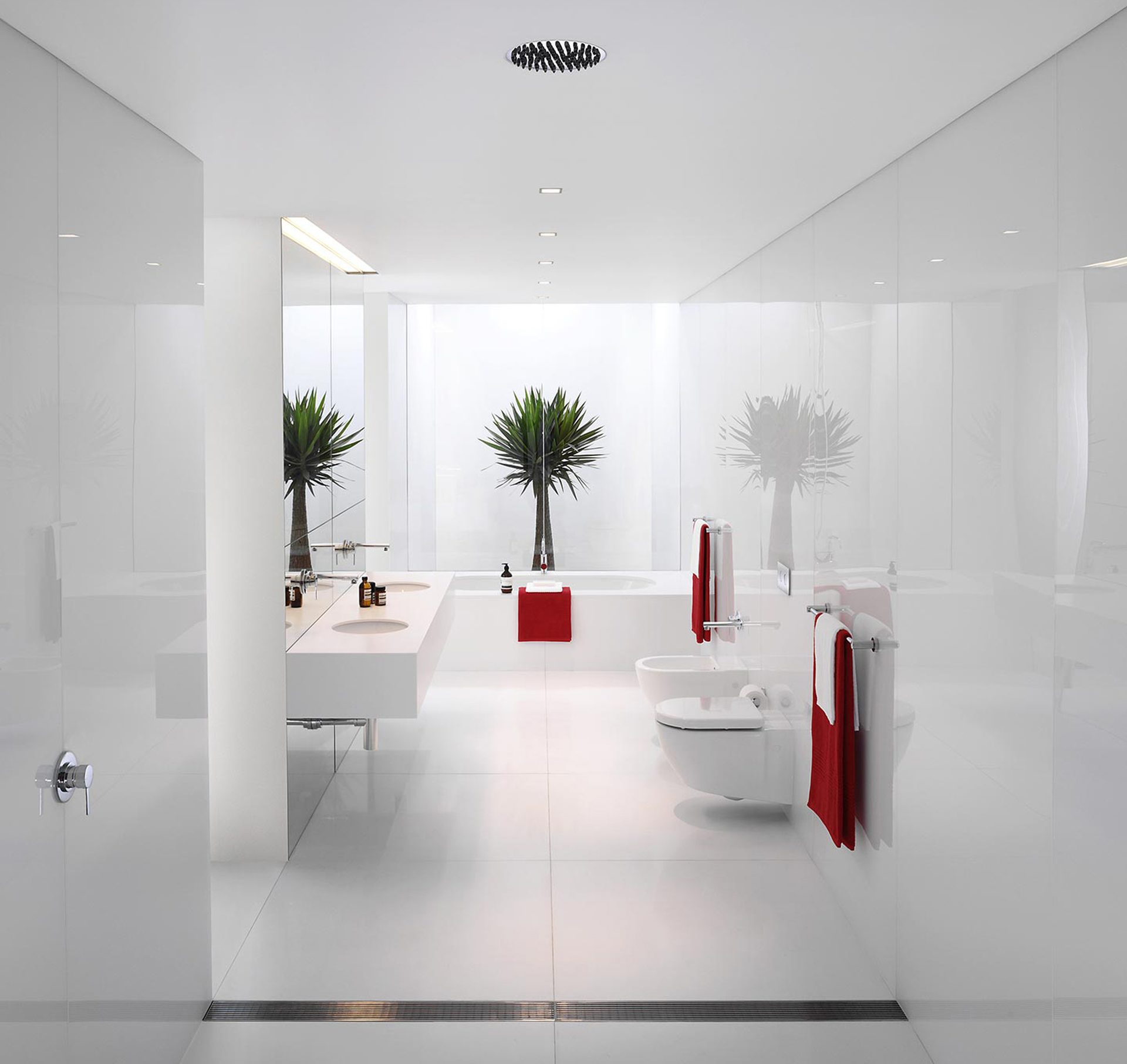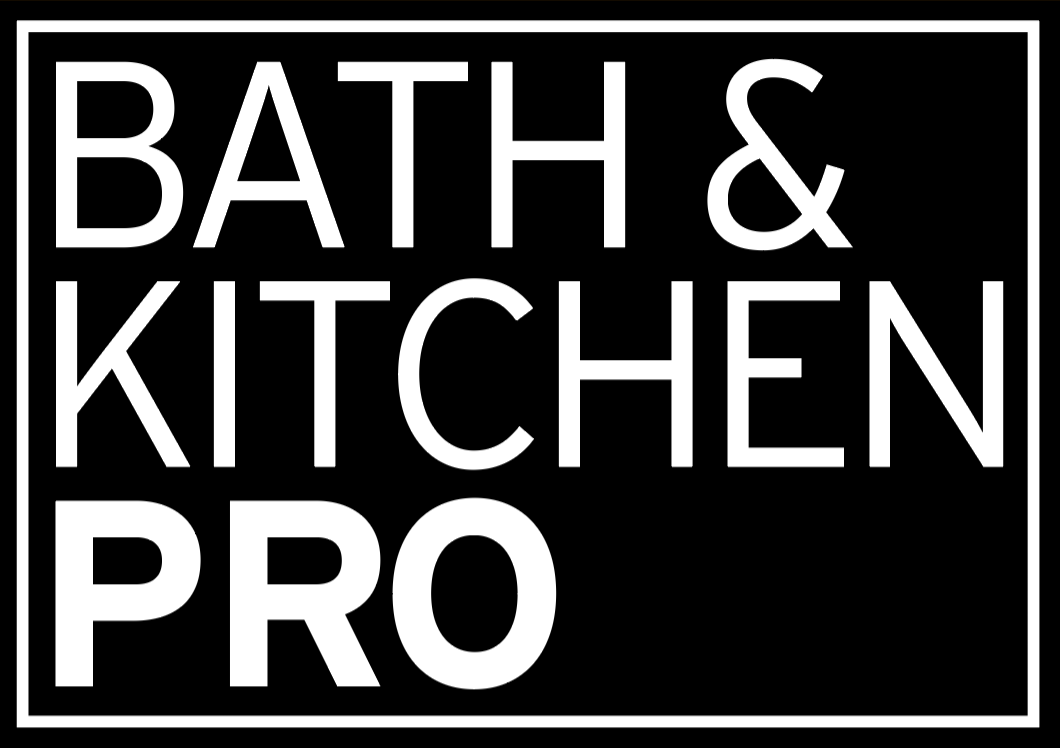commercial
The many benefits of barrier-free showers
More space, accessibility and comfort among reasons to install barrier-free.
By: Barbara Kratus-Stark
Infinity Drain’s Tile-In drains offer accessibility, cleanability and stunning good looks for the Inspīr Carnegie Hill luxury senior living complex in New York City’s Upper East Side. Tile-In solutions are one of the most popular styles for commercial and residential projects as they virtually disappear into the floor.
Barrier-free bathrooms are in great demand for both residential and commercial projects. Some design trends start because there is a unique need in the market and then catch fire because the new solution is better in so many ways. The rise of the barrier-free shower is a perfect example of this phenomenon. First developed to accommodate living-in-place needs spurred by Baby Boomers, barrier-free showers are now considered the next level in beautiful, luxurious interiors.
The role of linear drain systems
The distinguishing feature of the barrier-free shower, (also referred to as the walk-in shower, zero-threshold shower, or curbless shower), is that there is no obstacle at the threshold to step or rollover. Barrier-free bathroom design is often achieved with the use of a linear drain system and a single-slope floor pitch. A linear drain consists of a channel that is embedded into the floor of the shower and a top grate that provides decorative style. The channel collects the water and delivers it to the drain outlet which connects to the waste line. With the floor sloped in one direction, the water is aided by gravity and rushes to the far edge of the space, where it is then easily processed.
This barrier-free design offers several benefits over the traditional shower-in-tub and bowl-shaped shower floor with a center drain. These include a more accessible bathroom for people of all ages and capabilities, the removal of a trip hazard, a better overall shower experience, and a shower space that looks larger and is easier to clean.
Creating a spa-like experience
The barrier-free solution also offers architects the opportunity to use higher-end materials often found in ultra-modern interiors and five-star spas. Here is why: When the shower flooring material must accommodate a central drain and four-way pitch, architects will often specify smaller tile or cut large-format tile on a diagonal and then pie-piece it together around the drain. When the shower floor slopes uniformly in one direction, as it does in a barrier-free application, the limitations on tile size and slab material are eliminated. Large-format tiles, stone slabs, or any solid-surface material can be used without being compromised or broken down into smaller pieces.

Infinity Drain’s technical team reviews house plans for a project in its Amityville, New York, factory to determine the best custom solution for an architect. Designers should plan for architectural drainage solutions early in the design process to insure a true barrier-free environment.
Enhancing available space
Barrier-free bathrooms also look bigger, and in real estate, bigger is always better. Instead of having a bathroom broken up into distinct areas, the barrier-free shower creates a seamless transition between the shower space and the rest of the bathroom. This makes the entire bathroom feel larger, even though the total square footage of the space has not changed.
Universally accessible
Barrier-free showers are more accessible and uphold many of the universal design tenets that ensure products and spaces can be used by as many people as possible. With no curb or barrier obstructing the entrance to the shower, a barrier-free shower offers the most accessible solution for people of all ages, sizes, and physical abilities.
Infinity Drain’s unique Universal Infinity Drain linear drain system can be used for most waterproofing methods to achieve a beautiful, spa-like barrier-free environment.
More hygienic
Barrier-free showers are also easier to clean. Fewer surfaces, joints, and seams translate to fewer hiding places for mold, mildew and grime.
More comfortable experience
There are a few reasons why the barrier-free, single-slope, linear-drain shower space delivers a more comfortable and refreshing experience than a center-drain scenario. With the center drain, users are often left standing on the drain or in a puddle of dirty water if the drain is slow or even slightly backed up. In addition, a traditional shower, where the drain is in the middle, features a floor with a 360-degree bowl-shaped slope, which creates an uneven surface to navigate while taking a shower. The single slope provides a much more even surface to stand upon and removes water from underfoot more effectively.

A wall-to-wall threshold drain like this from Infinity Drain, both elevates and makes the bathroom appear larger.
Traditional dry or modern wet room
When designing a barrier-free bathroom space, perhaps the first question that will need to be addressed is whether the bathroom is intended to be a traditional dry/wet space or a full-on wet room. The traditional dry/wet application refers to a bathroom where some space is designed to get wet and manage water, and other spaces are considered dry and not equipped. The wet areas require waterproofing elements and a drain. In a wet room, the entire bathroom is equipped to manage water, which means that the entire bathroom is waterproofed and sloped toward the drain, which is often located in the center of the room or against one of the walls. While the combination dry/wet space has certainly been the de facto type of residential bathroom designed, the wet room is gaining momentum.
Beyond space efficiency, a bathroom that is equipped to handle water everywhere also makes a lot of sense, especially for anyone who has ever dealt with an overflowing sink or toilet or other plumbing issue that so often leads to water trespassing into other parts of the house and causing damage. In fact, in many places, like Europe, it is code mandated to have drainage in certain dry areas, such as near a toilet, sink, or water heater. When a water-related emergency strikes, having a floor drain handy offers a simple fix for something that could have been time- and money-consuming to remedy. A linear drain is an ideal drainage solution for both dry/wet and wet barrier-free applications.
About the Author
Barbara Kratus-Stark is the sales and marketing director for Infinity Drain.
Photos courtesy of Infinity Drain.




